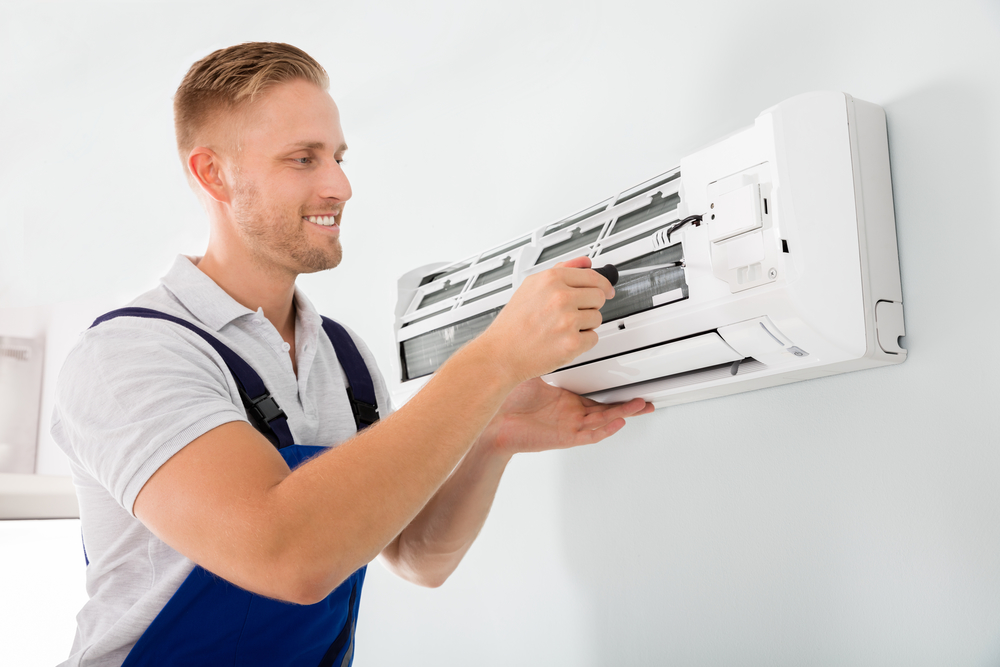Heating and cooling companies assess your needs by starting with an initial consultation. They’ll discuss your preferences and fill out a questionnaire to understand your concerns. Next, they evaluate your home’s size, insulation levels, and any air leaks that might affect efficiency. They’ll consider your comfort preferences, ensuring consistent temperatures throughout your space. Finally, they’ll look at energy efficiency and budget options to find the best system while keeping costs in check. If you’re curious about the specific steps and considerations involved, you might find the following details beneficial.
Initial Consultation Process
During the initial consultation, you’ll discuss your specific needs for heating and cooling in Melbourne with a professional. They’ll guide you through a client questionnaire designed to uncover your preferences, concerns, and any existing issues with your current system. This step is vital because it helps tailor the solutions to fit your lifestyle and budget.
You’ll also review the installation timeline, which outlines how long the process will take and any necessary preparations on your end. By the end of this consultation, you’ll have a clearer understanding of the options available to you, ensuring that you make an informed decision about your heating and cooling system.
This personalized approach sets the stage for a successful installation that meets your unique requirements.
Evaluating Home Size
Evaluating your home’s size is essential for determining the right heating and cooling system to guarantee ideal comfort and efficiency.
You’ve got to contemplate your home layout and how it affects airflow and temperature distribution. The system you choose should cater to your specific needs and the climate impact on your area.
Here are some key factors to think about:
- The square footage of your home
- The number of rooms and levels
- Ceiling heights and open spaces
- Windows and their insulation quality
- Your local climate and seasonal temperature variations

Understanding Insulation Levels
When it comes to insulation levels, you need to evaluate the types of materials used and their R-value, as these factors greatly affect your home’s energy efficiency.
You’ll also want to look at how air leakage can impact your heating and cooling systems.
Understanding these points will help you make informed decisions for a more comfortable living space.
Insulation Material Types
Understanding the various types of insulation materials available can considerably enhance your home’s energy efficiency and comfort level.
Choosing the right insulation types not only helps with energy conservation but also creates a cozy living environment.
Here are some popular insulation materials you might consider:
- Fiberglass: Affordable and effective for most homes.
- Foam Board: Great for high R-value and moisture resistance.
- Cellulose: Eco-friendly option made from recycled materials.
- Mineral Wool: Excellent fire resistance and soundproofing properties.
- Spray Foam: Provides an airtight seal, perfect for hard-to-reach areas.
R-Value Importance
R-value measures how well your insulation resists heat flow, making it essential for maintaining your home’s energy efficiency. Understanding R-value factors helps you choose the right insulation for your needs.
Higher R-values indicate better insulation performance, which translates to reduced energy bills and increased comfort. By investing in insulation with a suitable R-value, you’re ensuring that your home stays warm in winter and cool in summer, maximizing the insulation benefits.
It’s important to take into account the climate in your area when selecting insulation, as different regions require varying R-values to achieve ideal efficiency.
Ultimately, choosing the right insulation based on R-value not only enhances your home’s comfort but also contributes to a more sustainable lifestyle.
Air Leakage Impact
Even with high R-values, air leakage can greatly undermine your insulation’s effectiveness and impact your home’s energy efficiency. You mightn’t realize how much air leaks can affect your comfort and wallet. Understanding these impacts is essential for maintaining good air quality and minimizing thermal bridging.
Consider the following:
- Higher energy bills due to wasted heating and cooling
- Uneven temperatures in different rooms
- Increased dust and allergens in your home
- Moisture issues leading to mold growth
- Decreased overall comfort during extreme weather
Assessing Comfort Preferences
Evaluating your comfort preferences is essential for selecting the right heating and cooling systems that meet your needs.
You should consider your personal comfort and temperature preferences, as these will greatly affect your overall satisfaction with the system. Ask yourself how warm or cool you like your living spaces and how those preferences change with the seasons.
Do you prefer a consistent temperature throughout your home, or are you okay with slight variations? It’s also helpful to think about any specific areas of your home that require different settings, like bedrooms versus living rooms.
Energy Efficiency Considerations
When choosing heating and cooling systems, it’s crucial to prioritize energy efficiency to save on utility bills and reduce your environmental impact. By selecting an efficient system, you not only enjoy immediate energy savings but also contribute to system longevity, ensuring you get the most out of your investment.
Consider these benefits:
- Lower monthly utility bills
- Reduced carbon footprint
- Increased home comfort
- Extended lifespan of your system
- Higher resale value of your home
Budget and Financing Options
Finding the right heating and cooling system also involves understanding your budget and exploring financing options that can make your investment more manageable.
You’ll want to assess your budget constraints carefully, as they play an essential role in determining which system fits your needs. Many companies offer flexible financing options, including installment plans and low-interest loans, allowing you to spread the cost over time. This way, you can choose a high-efficiency system without stressing your finances.
Additionally, some manufacturers provide rebates or incentives to help offset upfront costs. By considering your budget alongside available financing options, you can guarantee you select a system that not only meets your comfort requirements but also aligns with your financial situation.
